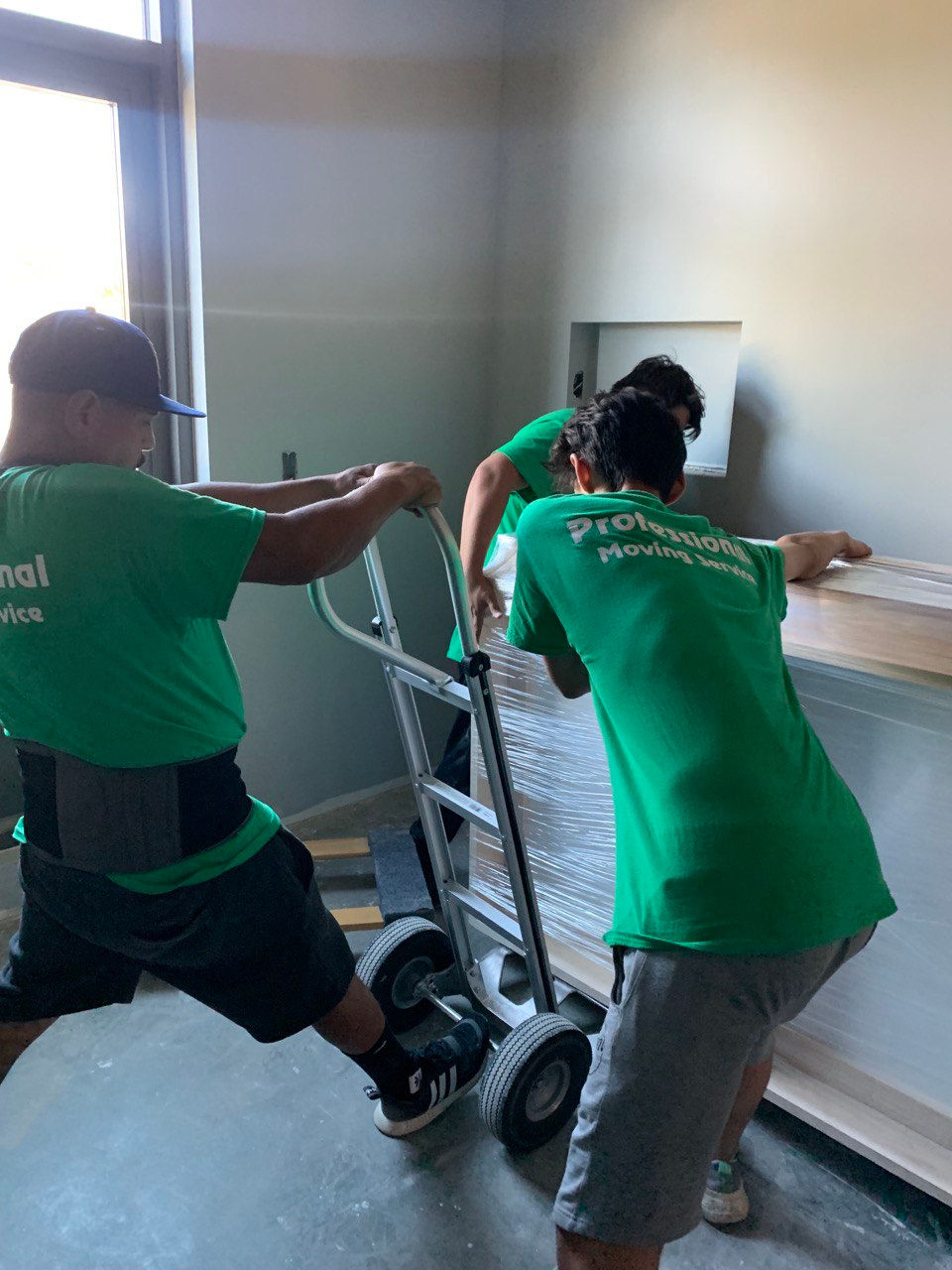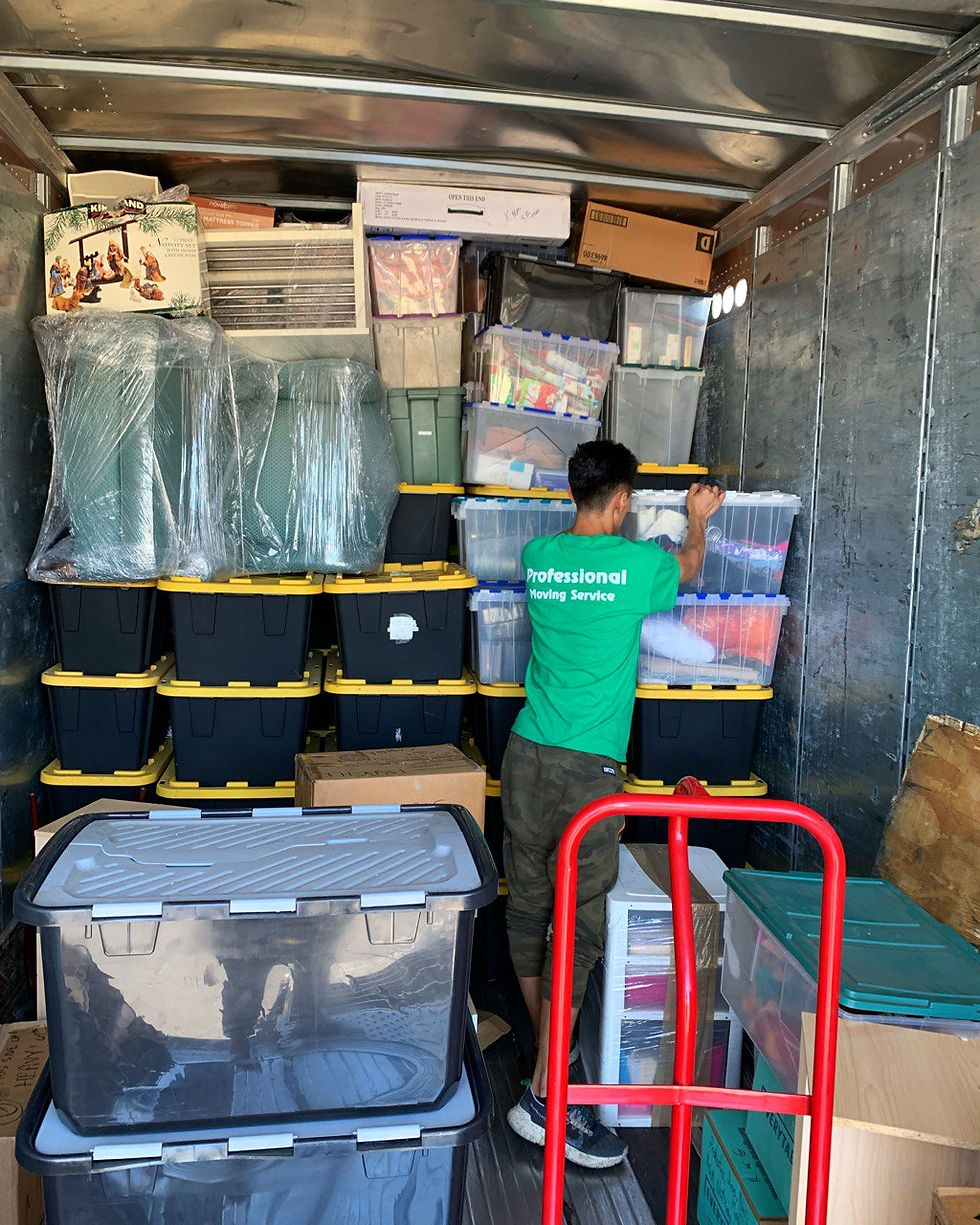Moving can be an exhilarating adventure, full of potential and possibilities. However, the excitement can quickly turn into stress when faced with the daunting task of packing up your entire life. Fortunately, with the right planning and a clear approach, you can simplify the process and make your move more manageable. In this guide, we will walk through effective strategies to help you get organized and ready for your next big step.
Start Early
One of the most essential tips for a successful move is to start as soon as possible. Aim to begin the process at least 4 to 6 weeks before your moving date. This timeline gives you enough room to sort through your possessions without rushing. For example, if your moving day is set for June 1, you should initiate preparations by early May. Early planning also allows you to establish a detailed moving timeline, ensuring you complete important tasks like notifying change of address or arranging for a moving service.
Create a Moving Checklist
A moving checklist is vital for keeping everything organized throughout your moving journey. Start by noting down all the tasks you need to tackle leading up to moving day. Key tasks might include:
Packing one room at a time
Informing the post office about your new address
Cancelling or transferring your utility services
Deep cleaning your previous home
Having a checklist not only keeps you organized but also gives you a sense of achievement as you cross off items. For instance, you might feel accomplished when you finalize utility transfers or pack up decorative items that you hardly use.
Declutter Your Belongings
Decluttering is one of the best ways to ease the moving process. As you sort through your belongings, consider these criteria for deciding what to keep:
Items you haven’t used in the past year
Duplicate items
Gifts you don’t have sentimental attachment to
By assessing your items with these questions, you might find that you can part with up to 30% or more of your possessions. After sorting, decide whether to sell, donate, recycle, or discard items. For example, you could host a garage sale for items in good condition, which not only reduces clutter but also potentially earns you some extra cash.

Gather Packing Supplies
Before packing, ensure you have all the necessary supplies ready. Some common packing materials include:
Cardboard boxes in small, medium, and large sizes for various items
Bubble wrap or packing paper to protect fragile items
Packing tape to secure boxes
Markers for labeling boxes and contents
Local stores often have packing materials available, or you might ask friends or family if they have spare supplies from their own moves. Having quality packing supplies can help safeguard your belongings during transport.
Pack Room by Room
When packing your home, focus on one room at a time. Start with less-used spaces like the guest room or attic, progressing to frequently accessed areas like the kitchen and living room. As you pack each room:
Label all boxes with the room name and a summary of the contents inside.
Use a color-coded system for different rooms, making unpacking easier later.
Place heavier items at the bottom of the boxes and lighter items on top to avoid damage.
This method keeps the packing process organized and manageable.
Organize Important Documents
Keep your important documents safe and easily accessible during the move. Documents you should organize include:
Birth and marriage certificates
Financial records and bank statements
Insurance policies
Medical records
Create a specific folder or binder for these documents, keeping it in a safe place during the move. This step will save you from the frustration of searching for these important papers when you need them most.
Clean Your Home
Once you’ve emptied out a room, take the chance to clean it thoroughly. It’s much easier to clean a clutter-free space. Focus on tasks such as:
Vacuuming carpets
Dusting surfaces
Wiping down windows
Cleaning kitchen appliances
This not only leaves your home presentable for new occupants, but it also reduces the final workload before you officially move out.
Schedule Utility Transfers
Don’t forget to handle utility transfers ahead of time. This includes arrangements for services like electricity, water, gas, internet, and trash collection. Scheduling these changes early ensures that you won’t face any service lapses, which can be inconvenient during your transition.
Keep track of start dates and confirmation numbers to make follow-up easier if needed.

Final Walkthrough
Before leaving you old home, conduct a final walkthrough. Check each room to confirm that no items have been left behind. Look in closets, cabinets, and garages to ensure everything important is packed. This step prevents the frustration of having to return to your old home after your move.
Move-In Preparation
As you prepare for moving day, think about how you will organize your new home. Reflect on unpacking and setting up each space. This foresight can guide you in packing items efficiently from your old home.
Make sure to label boxes containing essential items so that you can quickly access what you need upon arrival in your new space. Separating essentials into a clearly marked box can save you a great deal of time and confusion when you get to your new home.
Your Moving Journey Made Easy
Moving can be a stressful experience, but it doesn’t have to be overwhelming. By following these practical steps for organizing your home before a move, you can smooth out the process and find more joy in the journey ahead. Remember to start early, create a checklist, declutter effectively, and prioritize organization.
With thorough planning, your transition to a new life can become an exciting new adventure. Happy moving with Shift Me Moving!

